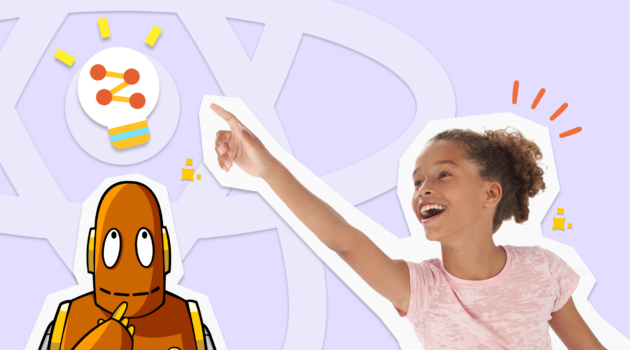Teaching Strategies
How to Get Started with Whole Child Learning

The “whole child” approach has become a popular teaching strategy in the education community over the last few years, yet many educators and school leaders still aren’t sure what it means nor how to implement it in their schools.
Fortunately, whole-child learning is actually a much simpler and more intuitive set of ideas than most jargon-heavy teaching trends. It can even be used by families at home or in extracurricular activities.
What Is the Whole Child Approach?
The whole child approach is a strategy that uses principles of Social and Emotional Learning to improve learning outcomes and foster positive development in all areas of life.
Why is whole child learning important now? The No Child Left Behind Act of 2002 and Common Core State Standards of 2010 raised expectations for student achievement, but also shifted focus more and more to standardized test scores without context.
The whole child approach reminds us that each child enters the classroom with unique potential, challenges, and needs. By recognizing this, teachers can more effectively support their students’ learning and overall development.
How to Get Started Using Whole Child Education
According to ASCD, the goal of whole child learning is to ensure that every child is, “healthy, safe, engaged, supported, and challenged.” These five areas of focus can be nurtured in a wide variety of ways, and tailored to each child, classroom, and community.
To get started, use these main principles to assess where you are now and what you can address in your classroom to establish a whole child approach:
Be Mindful of Students’ Physical Needs
Many kids come to school hungry, either for lack of access to food or poor time management, and this can affect students’ attendance, concentration, behavior, and more. And it’s not just about eating enough, but eating well. Healthy eating is linked to higher academic achievement, so it’s crucial that students have access to healthy food options and the knowledge to make smart eating choices.
Sleep and exercise are also major factors in academic performance, focus, and participation. Talk with students and parents about the importance of getting enough sleep and making time for exercise. You can even integrate simple exercise breaks into your classes.
Prioritize Building a Safe Learning Environment
If a child doesn’t feel safe at school—for example, due to bullying—that child is likely to struggle academically as well as socially.
Building a learning space where students feel safe and supported is an ongoing endeavor. Luckily, there are many tools you can use to foster a sense of mutual trust and safety in your classroom.
Begin with clear boundaries and expectations for respectful behavior—both towards you and their classmates—and set an example by modeling a respectful attitude towards your students. When students feel safe with you, they will likely feel more comfortable talking to you about bullying or other issues that arise.
Bring Learning to Life in Relevant Ways
Instead of simply lecturing, engage students with experiences and activities that feel fun and relevant to their lives.
Whether you illustrate science concepts with colorful experiments, take your kids outside to observe nature in action, adapt quiz shows for the classroom, or challenge your students with online learning games. (BrainPOP has more than 100 games to choose from!) By adding creativity and variety to your classes, you can energize and motivate students—and you might find yourself enjoying the workday more, too.
Use Encouragement to Foster Growth
By reaching out to each student with positive feedback and supporting their growth, you help your students gain confidence and build a healthy relationship with the learning experience, which can in turn improve their classroom behavior, participation, and persistence.
Take the time to connect with each of your students. Get to know their strengths, challenges, and interests. Use this knowledge to personalize your instruction and interaction to best fit their needs.
Foster Growth at Any Level
Most teachers have encountered students who are clearly smart, but who disengage and fall behind due to boredom with content they’ve already learned.
By making the effort to understand each student’s learning levels, you can tailor activities and expectations to make sure every child is being challenged and has an opportunity to grow.
Likewise, this will also help you identify students who are missing key skills needed to succeed in their coursework. With this approach, you can quickly intervene and offer extra assistance to get them up to speed, ensuring all students can participate in the learning experience.






